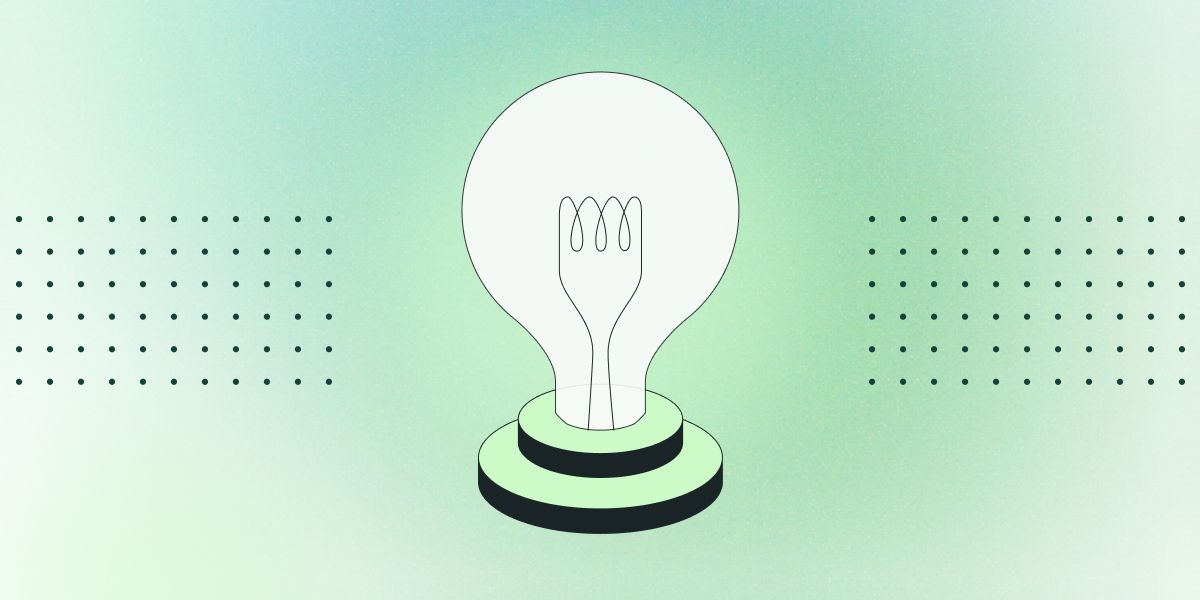Measuring funnel success: The key metrics to track at every stage

Ever wondered how customers go from hearing about a product to becoming its biggest fans? That's the magic of the marketing funnel. It's a journey that takes potential customers and guides them step by step toward making a purchase—and then keeps them coming back for more.
In this blog, we'll dive into the different stages of the marketing funnel, explore the key metrics to track at each stage, and discuss how to use data to optimize your funnel's performance. Let's get started on understanding how to turn prospects into loyal customers!
The stages of the marketing funnel and their significance
The marketing funnel is made up of five key stages: awareness, consideration, conversion, retention, and loyalty. Each stage is crucial in guiding prospects toward becoming loyal customers and, eventually, brand advocates.
In the awareness stage, we're all about attracting a wide audience. This is done through content marketing, social media buzz, and SEO magic. Then comes the consideration stage, where we nurture interested prospects with tailored content that speaks to them. Next up is the conversion stage, aiming to convince these folks to make a purchase.
But it doesn't stop there. The retention stage focuses on exceeding customer expectations to keep them coming back. Finally, in the loyalty stage, those happy customers turn into brand advocates, spreading the word through reviews and recommendations.
To make sure each stage is working its magic, we need to track specific metrics. Key metrics like conversion rates, average deal size, sales cycle length, customer lifetime value, and customer acquisition cost give us insights into our funnel's performance.
By diving into these numbers, we can spot what's working and what's not. That way, we can make data-driven decisions to tweak our marketing strategies, improving the funnel's effectiveness and driving sustainable growth.
Essential metrics to track at each stage of the funnel
As prospects move through your marketing funnel, it's important to keep an eye on key metrics at each stage. In the awareness stage, you're looking at brand visibility and reach. That means measuring impressions, ad clicks, and website traffic. These numbers show how well you're grabbing potential customers' attention.
When you get to the consideration stage, it's all about prospect interest and engagement. Keep tabs on things like pricing page visits, demo requests, and how folks are interacting with your content. This helps you understand if your funnel is doing a good job of nurturing leads toward a sale.
In the conversion stage, the focus shifts to your sales effectiveness. You want to analyze conversion rates, average deal size, and customer acquisition cost. These metrics tell you how well you're turning leads into actual customers. If the numbers aren't where you want them to be, it might be time to refine your targeting, personalize your messaging, or streamline your sales process.
Keeping track of these metrics throughout the funnel lets you optimize based on real data. By spotting bottlenecks and opportunities at each stage, you can tweak your strategies to drive growth and boost ROI. Tools like Statsig's Metrics Explorer make this analysis easier by offering real-time insights into user behavior and conversion paths.
Utilizing data to optimize funnel performance
Data is your best friend when it comes to optimizing your funnel's performance. Funnel analytics can show you exactly where prospects are dropping off, revealing where you need to focus your efforts. Understanding why they're leaving helps you implement targeted strategies to improve conversions.
Tools like A/B testing and personalization are super powerful here. By testing different approaches at points where users tend to bail, you can figure out what tactics resonate best with your audience.
Keep an eye on those key funnel metrics. Regular monitoring gives you actionable insights to fine-tune your marketing and sales strategies. Make sure they align with your business goals, and don't be afraid to make adjustments.
Remember to regularly review your marketing funnel KPIs. Tracking your progress helps you spot areas for improvement. This ongoing, data-driven optimization is essential for getting the most out of your funnel.
By leveraging data effectively, you can enhance the customer journey and see better business outcomes. A data-driven approach lets you continuously refine your strategies and achieve sustainable growth.
Strategies for sustained growth and customer retention
If you want long-term success, you've got to focus on your retention metrics, like churn rate and customer lifetime value. By delivering exceptional customer experiences—through top-notch support, great service, and engaging loyalty programs—you can build lasting relationships and keep churn low.
Don't forget about encouraging customer advocacy. When you promote referrals, gather reviews, and boost overall satisfaction, you can turn customers into brand ambassadors. This drives organic growth and helps lower your customer acquisition costs.
To keep the growth going, continuously analyze and optimize your marketing funnel. Tools like Statsig's Metrics Explorer give you detailed insights into user behavior, helping you spot opportunities for improvement at every stage.
Remember, sustained growth isn't just about getting new customers—it's about nurturing and retaining the ones you have. By focusing on delivering value, building loyalty, and encouraging advocacy, you create a positive cycle that propels your business forward.
Closing thoughts
Understanding and optimizing each stage of the marketing funnel is essential for turning prospects into loyal customers and brand advocates. By tracking key metrics, utilizing data-driven strategies, and focusing on customer retention, you can create a powerful funnel that drives sustainable growth.
Don't hesitate to explore tools like Statsig to gain deeper insights into your funnel's performance. There are plenty of resources out there to help you on this journey. Hope you found this helpful! Happy optimizing!